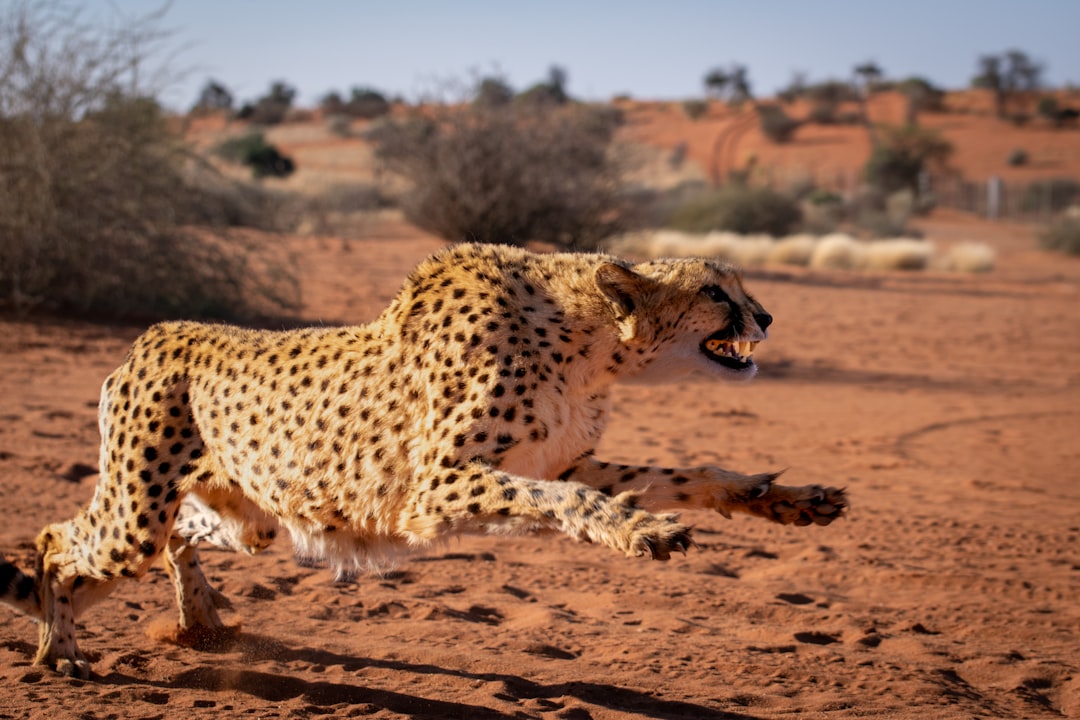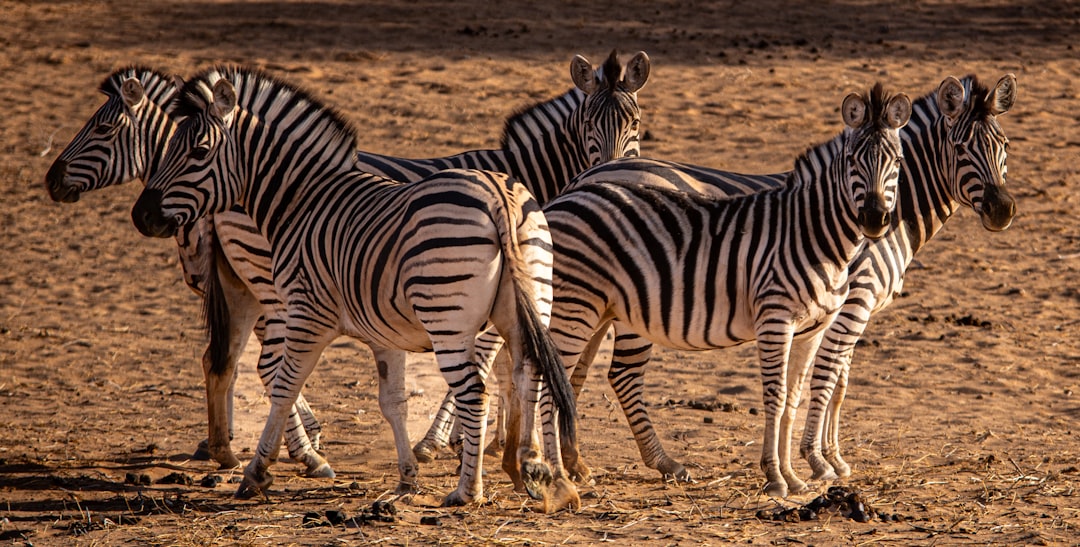
Kalahari Desert
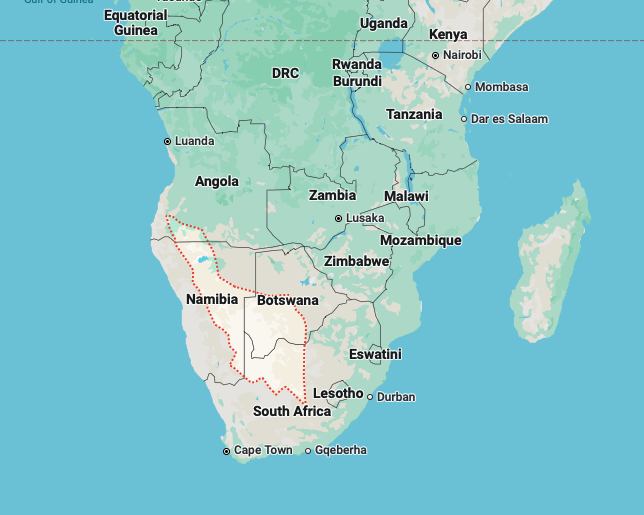
Credit: Google Maps
Where is the Kalahari Desert?
The Kalahari Desert is a vast semi-arid savanna that covers much of Botswana, as well as parts of Namibia and South Africa. Despite its name, the Kalahari is not a true desert in the strictest sense. It receives too much rainfall to be classified as such, instead earning the title of a "thirstland" or semi-arid savanna. This unique ecosystem spans approximately 900,000 square kilometers (347,500 square miles), making it one of the largest stretches of sand in the world.
The Kalahari Desert is located in the southern part of Africa, primarily covering much of Botswana. It extends into neighboring Namibia to the west and South Africa to the south. The heart of the Kalahari lies within Botswana, where it encompasses more than half of the country's land area. This strategic location at the crossroads of several countries makes the Kalahari a crucial part of the larger ecosystem of southern Africa.
What makes the Kalahari Desert unique?
The Kalahari Desert stands out for several reasons:
1. Semi-arid ecosystem:
Unlike true deserts, the Kalahari receives enough rainfall to support a diverse array of plant and animal life.
2. Red sands:
The iconic red sands of the Kalahari, rich in iron oxide, create a stunning visual landscape that changes hues with the shifting sunlight.
3. Ancient culture:
The Kalahari is home to the San people, one of the oldest indigenous groups in Africa, with a history dating back thousands of years.
4. Unique wildlife:
The desert hosts specially adapted species like the black-maned Kalahari lions and the desert-adapted elephants.
5. Seasonal transformations:
The landscape undergoes dramatic changes between the dry and wet seasons, creating ever-changing vistas.
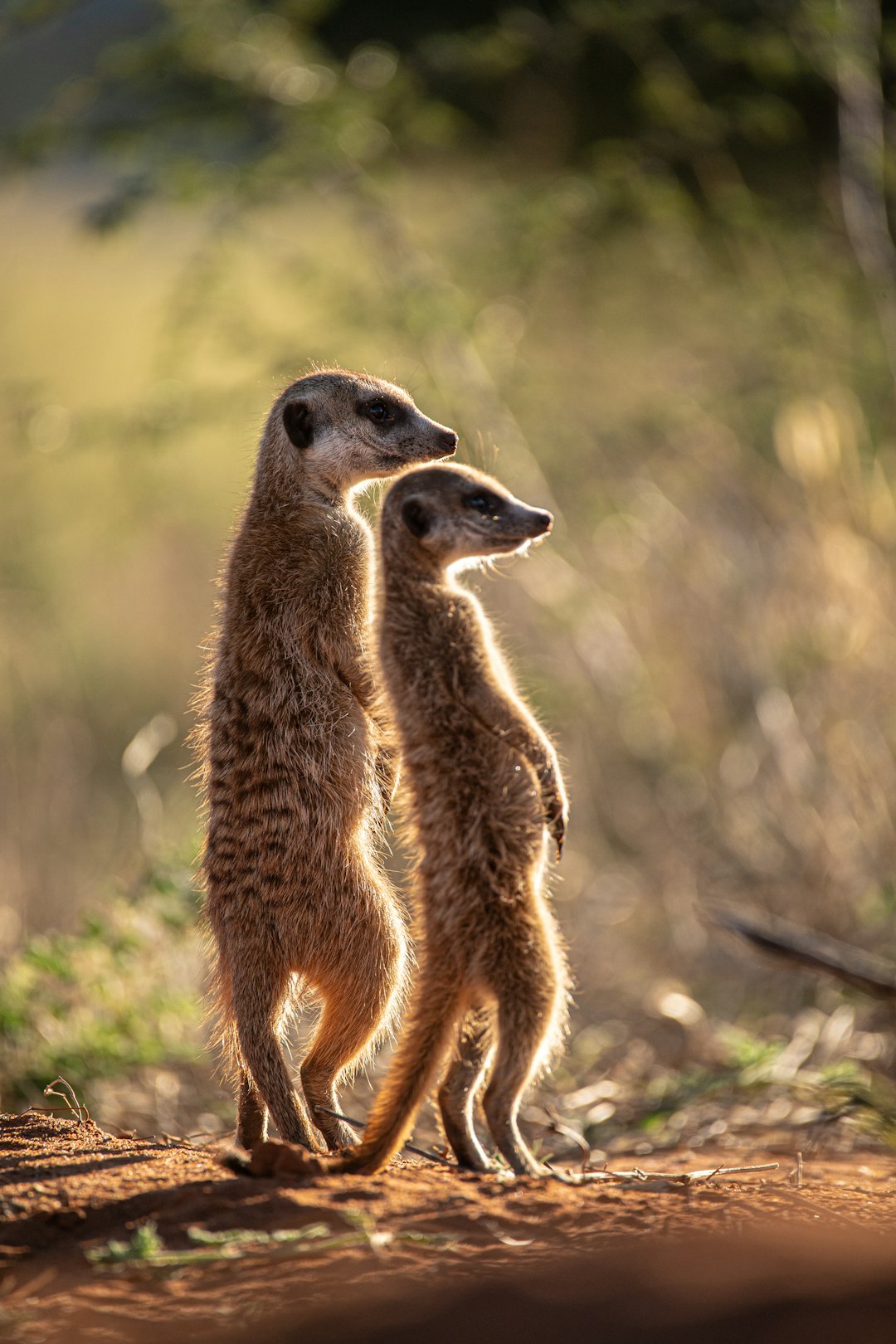

What wildlife can I expect to see in the Kalahari?
The Kalahari Desert, despite its arid appearance, is teeming with wildlife that has adapted to thrive in this challenging environment. Here's what you can expect to see:
1. Iconic predators:
The famous black-maned Kalahari lions are a highlight, along with cheetahs, leopards, and hyenas.
2. Desert-adapted antelopes:
Look for gemsbok (oryx), springbok, and the rare roan and sable antelopes.
3. Meerkats:
These charismatic creatures are often seen standing sentinel on termite mounds.
4. Birds:
The Kalahari is home to over 300 bird species, including the sociable weaver with its massive communal nests.
5. Reptiles:
Various lizards and snakes have evolved to survive in the harsh desert conditions.
6. Nocturnal wonders:
Night drives might reveal aardvarks, pangolins, and bat-eared foxes.
Remember, wildlife sightings can never be guaranteed, but the Kalahari's unique ecosystem offers opportunities to see animals that have specially adapted to desert life.
When is the best time to visit the Kalahari Desert?
The best time to visit the Kalahari Desert depends on what you want to experience:
Dry Season (May to October):
- Best for wildlife viewing as animals congregate around scarce water sources
- Cooler temperatures, especially in the mornings and evenings
- Less vegetation makes it easier to spot animals
- Peak tourist season, especially July to October
Wet Season (November to April):
- Landscape transforms with lush vegetation and wildflowers
- Excellent for bird watching, with many migratory species present
- Chance to witness the zebra migration in some areas
- Fewer tourists and potentially lower prices
For most visitors, the dry season (especially June to October) offers the best wildlife viewing opportunities.
However, each season has its unique charm:
May-August:
Pleasant temperatures, good wildlife viewing
September-October:
Peak game viewing, but very hot
November-April:
Green season, great for photography and baby animals
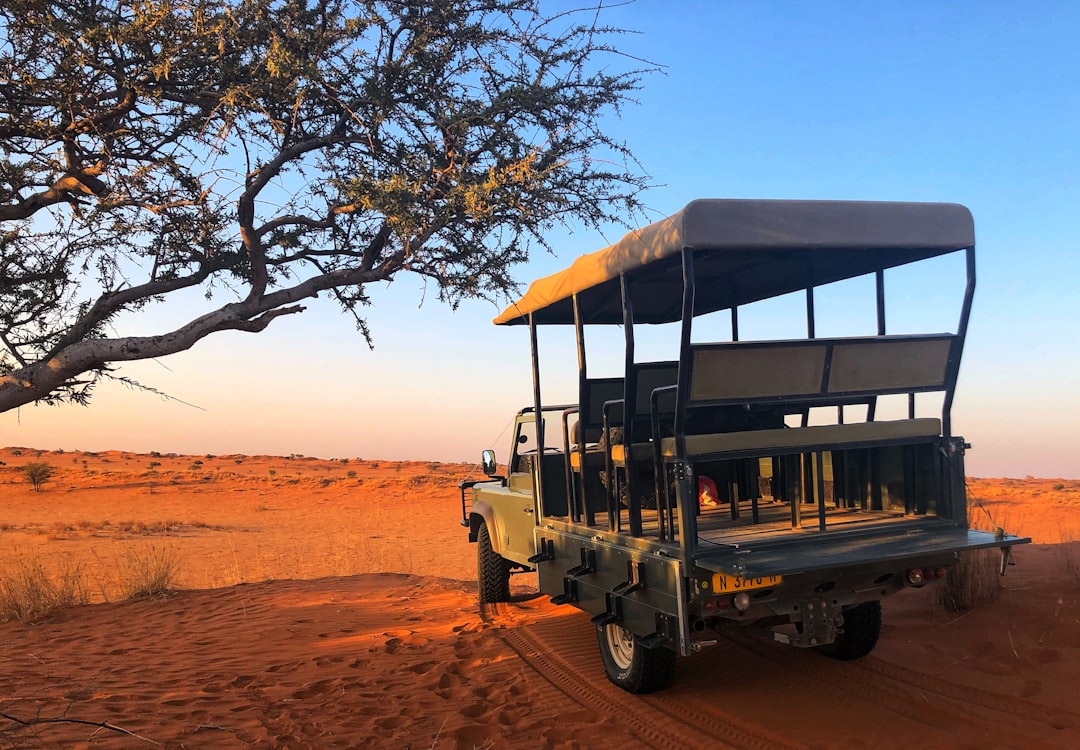

Plan Your Okavango Adventure
Discover the perfect itinerary for exploring the breathtaking Okavango Delta.
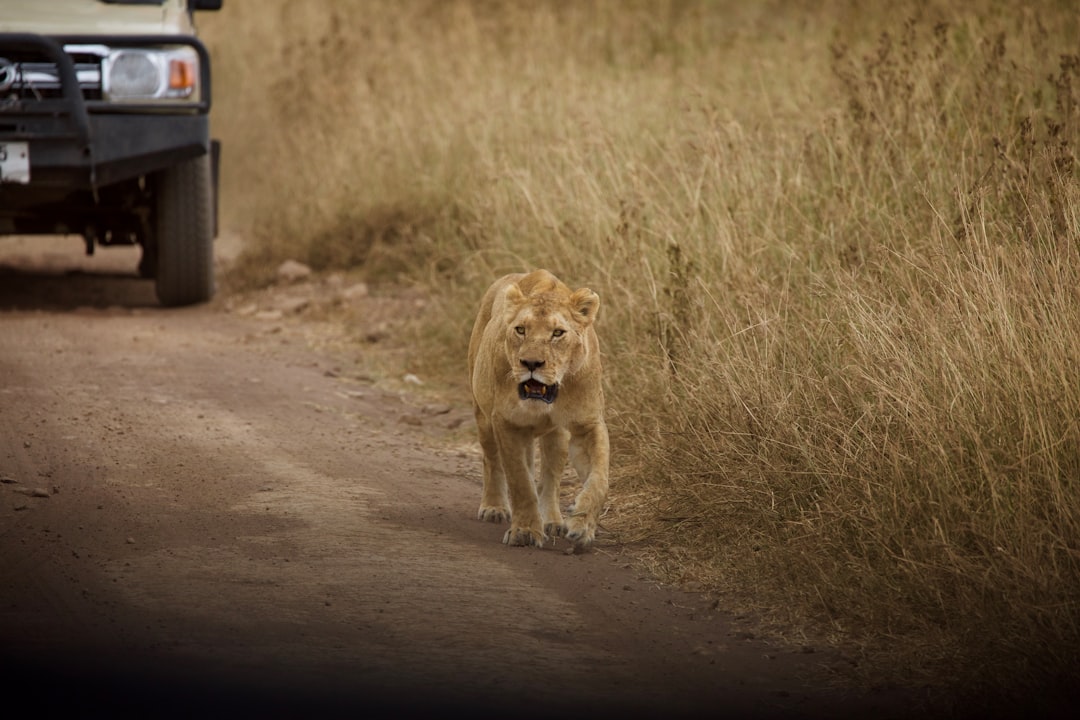
What activities are available in the Kalahari Desert?
The Kalahari offers a variety of activities to suit different interests:
1. Game drives:
Explore the desert in open 4x4 vehicles, searching for wildlife.
2. Walking safaris:
Get an up-close perspective of the desert ecosystem with experienced guides.
3. Star gazing:
The clear desert skies offer unparalleled views of the night sky.
4. Cultural experiences:
Visit San Bushmen communities to learn about their ancient way of life.
5. Photography:
The unique landscapes and wildlife provide endless opportunities for photographers.
6. Quad biking:
Some areas offer guided quad bike tours across the desert terrain.
7. Hot air balloon rides:
Soar above the desert for a bird's eye view of the landscape (available in select locations).
Where can you stay in the Kalahari Desert?
Accommodation options in the Kalahari cater to various preferences and budgets:
1. Luxury lodges:
Offer high-end amenities and often include guided safaris.
2. Tented camps:
Provide a more immersive bush experience without sacrificing comfort.
3. Self-catering options:
Available for those who prefer more independence.
4. Community-run camps:
Support local communities while experiencing authentic desert life.
5. Mobile safaris:
For the adventurous, these offer a chance to explore different areas of the desert.
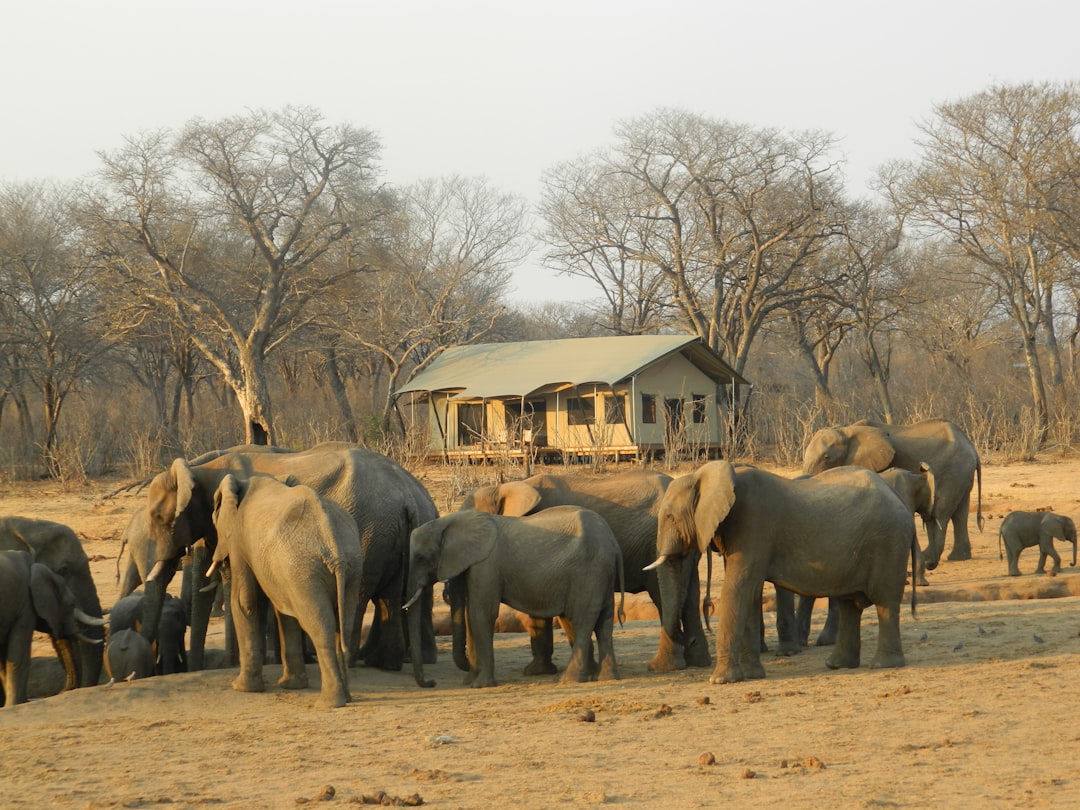
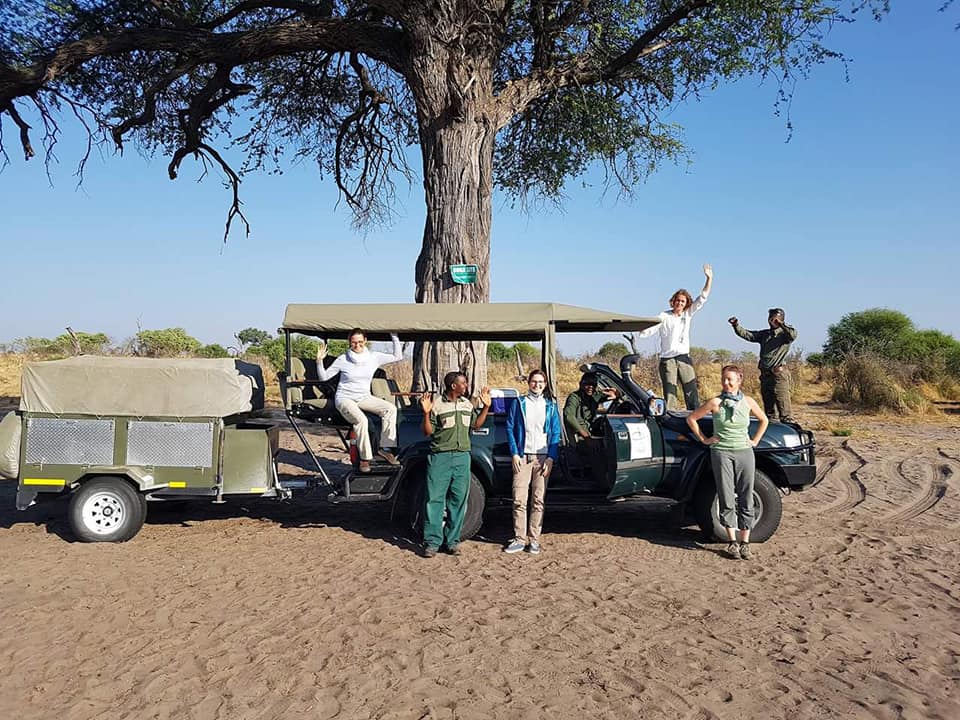
How do you get to the Kalahari Desert?
Most visitors arrive by air, flying into regional airports like Maun in Botswana or Upington in South Africa.
From there, you can join guided safaris or, for the more adventurous, embark on a self-drive expedition.
The Kalahari is also accessible by road from major cities in Botswana, Namibia, and South Africa, though distances can be considerable.
What should I pack for a Kalahari Desert safari?
Essential items include:
- Lightweight, neutral-colored clothing
- Warm layers for cool mornings and evenings
- Sun protection (hat, sunglasses, high-SPF sunscreen)
- Comfortable, closed walking shoes
- Binoculars and camera
- Insect repellent
- Reusable water bottle
- Personal medications and a basic first-aid kit
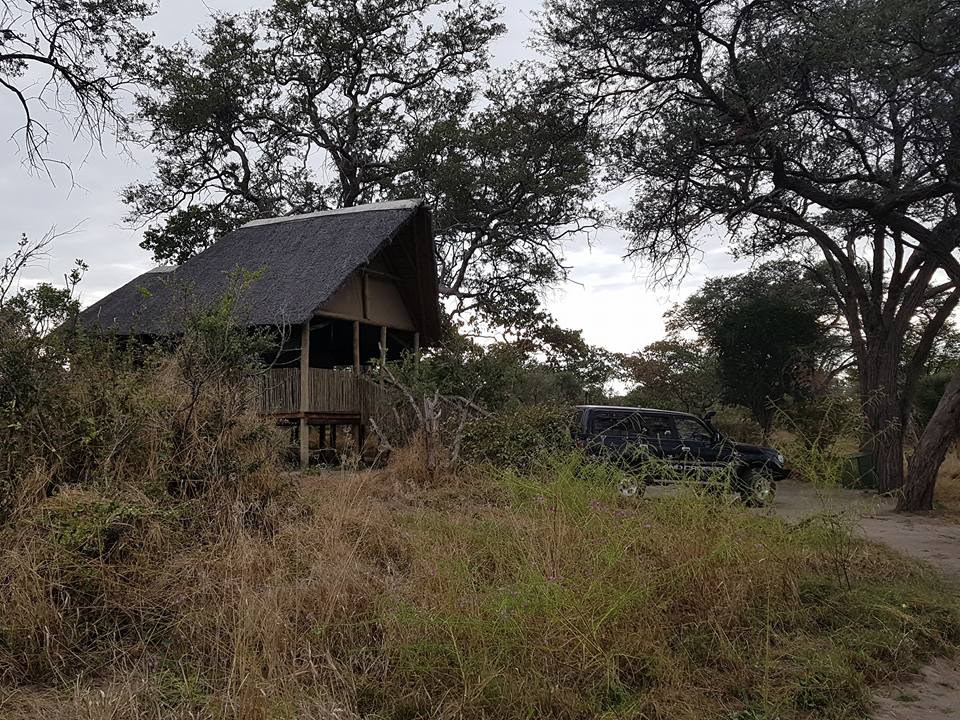

How can I experience the culture of the San Bushmen in the Kalahari?
Experiencing San culture is a highlight of any visit to the Kalahari. Here are some ways to engage:
1. Guided bush walks: Join San guides to learn about traditional tracking and plant use.
2. Village visits: Some communities welcome visitors to experience daily life.
3. Cultural centers: Places like the Kuru Art Project showcase San art and culture.
4. Traditional storytelling: Listen to ancient tales around the campfire.
5. Craft workshops: Learn to make traditional San crafts in some areas.
Always ensure you book through reputable operators that work ethically with San communities.
What are some lesser-known facts about the Kalahari Desert?
1. The Kalahari is home to the world's largest salt pans, the Makgadikgadi Pans.
2. It's one of the best places in the world to see meerkats in their natural habitat.
3. The desert hosts one of Africa's last great animal migrations - the Zebra Migration.
4. Some areas of the Kalahari receive more rainfall than London annually.
5. The San people have lived in the Kalahari for over 20,000 years.
6. The desert is home to some of the world's largest underground water
reserves.
7. It's one of the few places where you can find the rare brown hyena.
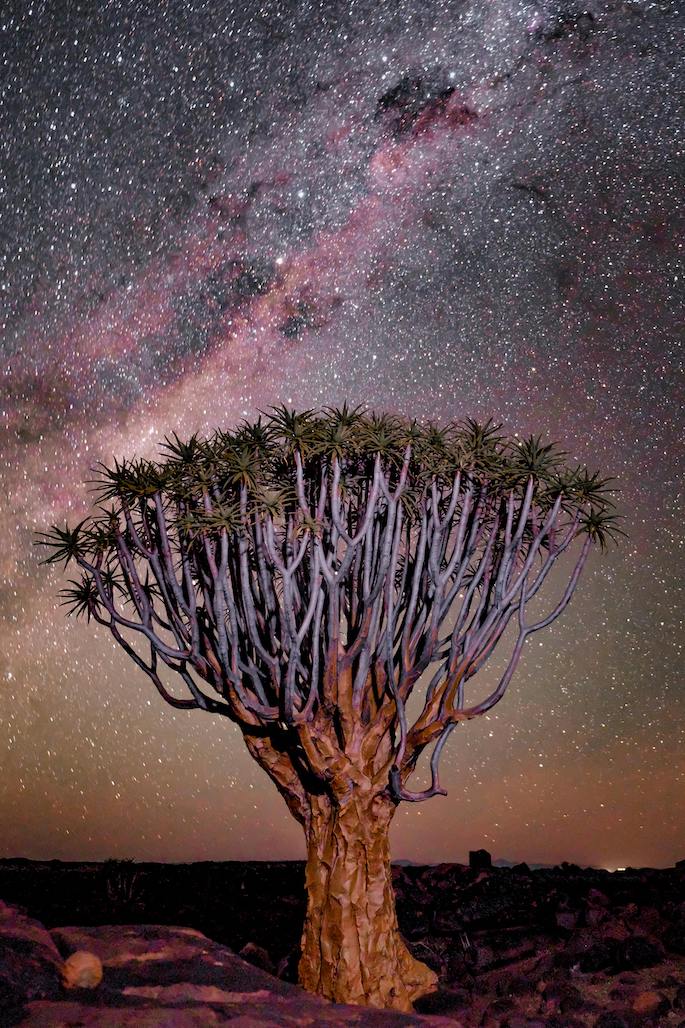
The Kalahari Desert offers a unique blend of stunning landscapes, diverse wildlife, and rich cultural heritage.
Whether you're watching a pride of black-maned lions lounging in the shade of an acacia tree, learning survival skills from San Bushmen, or marveling at the Milky Way stretching across the night sky, the Kalahari promises an unforgettable safari experience.
As you plan your visit to this remarkable corner of Africa, remember that in the Kalahari, every day brings new discoveries, and every moment holds the potential for magic.
